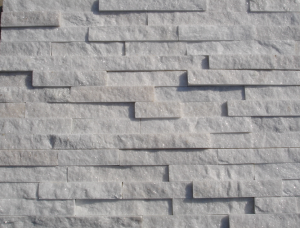

Masonry is one of the oldest trades in recorded history. Ташлар have been used in construction for over 6,000 years. Of course, masonry techniques have evolved over the centuries, but looking back at the structures of ancient civilizations can provide new perspectives on modern building materials. Here’s a look at three important examples of historical masonry.

The Egyptian pyramids are perhaps the most iconic and impressive examples of historical masonry in the world. Construction began on them more than 2,500 years ago. The Egyptians used copper tools to cut and stack large pieces of limestone. They also used granite to create stable roof structures and line the walls of burial chambers inside the pyramids. These materials were readily available from quarries in the hills along the Nile River.
The ancient Romans revolutionized masonry with the invention of concrete, which they developed by mixing volcanic ash, pieces of stone, water, and lime. Concrete allowed the Romans to build sturdy walls much more quickly and cheaply than they could by using stone blocks. Concrete is highly malleable and has impressive tensile strength. It was instrumental in developing the iconic Roman arch, a design feature that was used to construct large bridges, aqueducts, and the Colosseum.
Stone and clay remained the most commonly used masonry materials up to and through the Middle Ages. During this period, durable castle walls, cathedrals, and bridges were among Europe’s most impressive construction projects. Medieval artisans expanded on the Roman arch and developed the pointed arch, which allowed them to build massive vaulted structures supported by flying buttresses. These advances in masonry techniques and arch design quickly gave way to Gothic architecture, a style known for its grand, vaulted ceilings and supportive trusses.